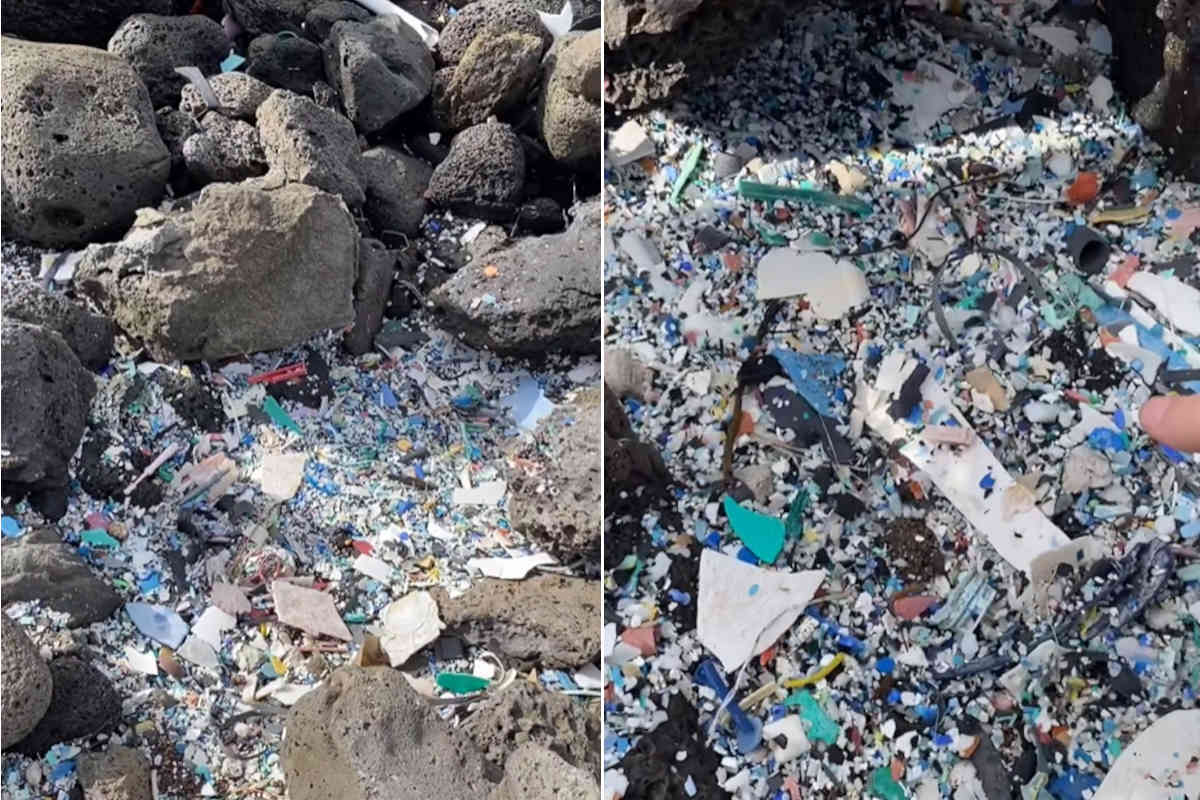Easter Island is grappling with the waste problem with increasingly serious microplastic pollution on the beaches: this video showing the quantities present is impressive

@haka_taha
A recent video from Rapa Nui, or Easter Island, has brought attention to the tragic issue of microplastic pollution that plagues this remote island. The ocean waves carry significant amounts of microplastics to the island’s shores, originating from waste discarded into the seas by various countries. This problem is particularly severe due to Easter Island’s location in the South Pacific Gyre, which collects and concentrates marine debris from different parts of the world.
The footage, shared by the Instagram account @haka_taha, displays the efforts of an initiative to clean up the coast from waste. In just 5 minutes, volunteers filled a large bucket with microplastics, and after about 30 minutes, there were already four buckets full.
“The situation is dramatic, and yet the Chilean authorities continue to ignore it,”
reports a study by the Catholic University of the North of Chile, estimating that about 4.4 million pieces of waste reach the shores of Easter Island each year. Pollution not only affects the surface but also penetrates the sands of beaches like Anakena, where the presence of microplastics is palpable with every dig.
Cleanup initiatives are not enough
Local authorities, such as Mayor Pedro Edmunds, are trying to combat this emergency through weekly coastal cleanups and international collaborations for waste recycling. During the pandemic, the residents collected 11 tons of waste, and this year, they have already gathered more than a ton.
Unfortunately, these efforts are almost futile. The amount of plastic arriving on the island’s beaches is fifty times greater than that on the beaches of mainland Chile. This underscores the urgent need for coordinated global action to reduce marine pollution and protect the unique ecosystem of Easter Island.
Much of the island’s trash cannot be recycled and is simply dumped in landfills. This burdensome situation is worsened by the fact that the population is growing, and the popularity of this tourist destination increases each year, contributing to the production of more and more waste.
